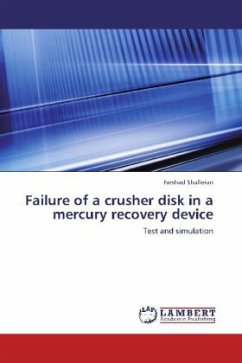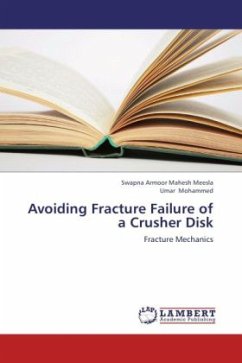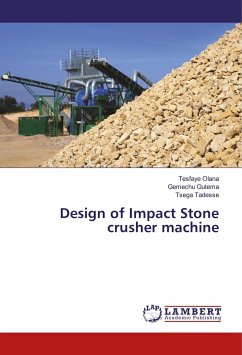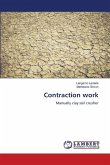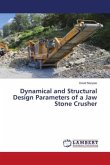Moving towards a sustainable society the demand for more developed technologies to recover remnants of used material is needed. One of the most dangerous materials which need to be recovered is the mercury used in lamps, monitors and other similar glass products. This research aims to improve the functionality of one part of these recovery machines, namely a rotary crusher disk. The problem is that the disk in a rotary crusher of glass and metal in a mercury recycling system encounters fracture failure due to unknown reasons. Possible causes are identified and investigated both numerically by finite element analysis and experimentally including modal analysis and materials acoustic signature and the destructive load characterization. Knowledge is developed on the conditions needed for failure. It is concluded that the observed fracture during operation occurs due to a large force rather than fatigue, and a hypothesis on how this may be realized is put forward.
Bitte wählen Sie Ihr Anliegen aus.
Rechnungen
Retourenschein anfordern
Bestellstatus
Storno

